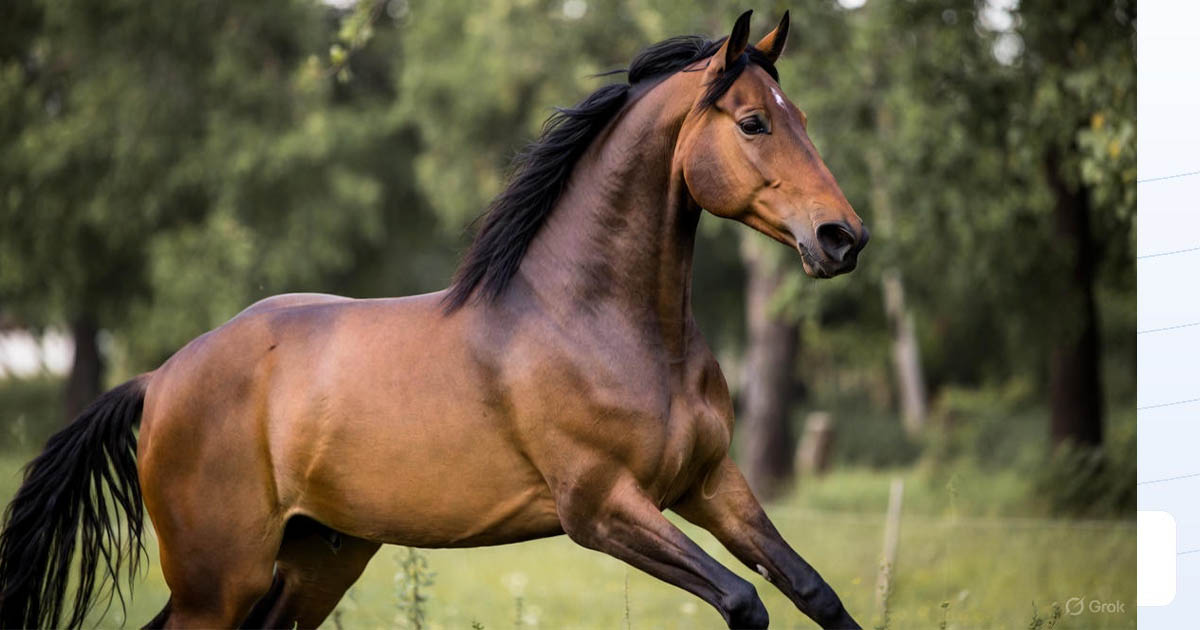How to Ask for Canter without Rushing

A calm, consistent cue sequence that teaches clarity to your horse and confidence to you. The canter is a rolling, three‑beat gait with a moment of suspension; when it flows, everything about riding becomes easier and safer.
Start with a relaxed walk and an elastic contact. If the back is tight or the mind is anxious, the canter will only amplify what’s already there.
Feel the sequence: outside hind, diagonal pair, inside fore, then a floating moment. Being able to name each beat helps you time cues and corrections.
Rider position: ear‑shoulder‑hip‑heel aligned, pelvis following the horse’s back, shoulders level, eyes up. Gripping with the knee blocks the hip swing.
Introduce cues clearly: outside leg slightly behind the girth to suggest the lead, inside leg at the girth to maintain impulsion, seat breathes forward.
Reward promptly. Two to three quality strides are better than twenty hurried ones. Transition down before rhythm degrades, then rebuild.
Fixes: if the horse rushes, exhale, half‑halt from the seat, and ride a gentle spiral out; if the shoulders fall in, look ahead and guard with the outside rein.
Cross‑training: hill work for strength, raised poles for coordination, and in‑hand exercises to improve straightness without rider weight.
Tack check: a saddle that bridges or pinches will invite a hollow back. Ensure even panel contact and a girth that stabilizes without over‑tightening.
Plan progression weekly. Small, consistent wins produce a soft, rhythmic canter that feels effortless.